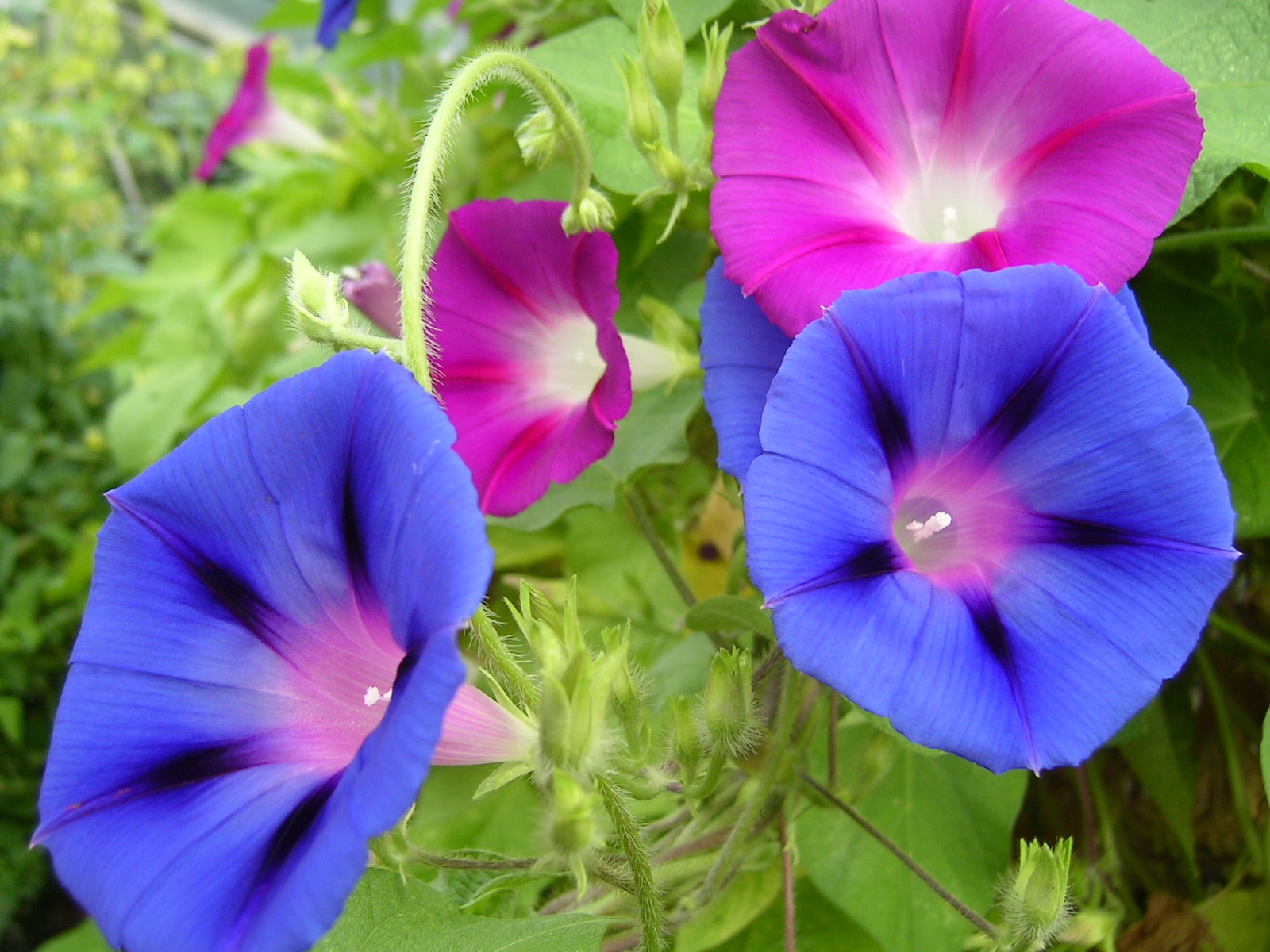First and foremost, let's get this straight--plants don't just need water to grow, they need nutrients and minerals found in healthy soil. Unless you reside somewhere with incredibly fertile ground, you will most likely have to put forth consistent effort to maintain all of these necessary soil nutrients. To give you a little background about what nutrients constitute healthy soil, here's an infographic about the chemistry of healthy soil:
In addition to providing the elements essential to growth in your garden, organic matter:
1. Improves the texture of your garden soil
If you have really sandy or really clay-like soils, the addition of organic matter can improve soil texture and make it more loamy. It can help sandy soils retain more water and nutrients, and it can help clay soils become looser and more easily workable.2. Attracts beneficial organisms
Organic matter provides a good source of food for soil-dwelling probiotics, fungi, earthworms, and other nitrogen-fixing organisms.3. Helps retain moisture
Organic matter retains a lot of water, which keeps the soil moist and makes water more readily available to your plants. Furthermore, it prevents soil crusting caused by dehydration, and reduces the need for constant watering.So, to sum things up, The best soil has an abundance of Organic Matter.
So, how can you increase Organic Matter in your soil? How can you build healthy humus?
Try Composting!
Composting is easy and inexpensive, and it all starts with a pile of scraps.Some people advocate for fancy bins and special compost tumblers, but I like to keep composting simple and cheap. I just have an area in my garden partitioned off for compost, and piles of compost ripening right there on the bare earth. I did use some left over wood to put a barrier around 3 sides of my compost pile. This just keeps it heaped together in a nice pile, and prevents it from spilling out all over the place. I usually have two piles in my compost area: one pile is ready-to-go humus (or almost ready), and the other pile is still freshly-decaying.
Composting scraps are divided into two categories--Green (Wet) Waste and Brown (Dry) Waste.
Green Waste (full of Nitrogen): vegetable or fruit scraps (no citrus rinds or onion), egg shells, coffee grounds and filters, tea bags (strings/staples removed), grass clippings (as long as they don't have any chemical residues on them)
Brown Waste (full of Carbon): dried leaves, wood chips/sawdust, shredded newspaper, shredded paper, shredded cardboard, dried straw, wood ash (not charcoal)
NOTE: any scraps you add to your compost pile should be cut into smallish pieces. For example, if you're adding an uprooted pea plant to your compost, cut it into smaller segments. Have some egg shells? Crush them up. A piece of produce that has gone bad? Chop it up. The smaller the pieces, the faster they'll compost. And you also won't have to contend with big chunks in your finished product.
I'm not very scientific or technical in my compost measurements or ratios either--I just kind of eyeball it. If I bring out my bucket of kitchen scraps one day, then I try to match it within the next few days with a bucket of brown waste. If I throw in a bunch of pulled weeds, I balance it out with some shredded newspaper. And so forth. Then every week or so, I water my pile to wet it thoroughly and keep it activated, and turn it with a pitchfork. After a few weeks, I start transferring the rich, dark brown product into my "Ready-to-go" pile. We are in a drought here, and have very hot, dry summers, so watering my compost pile is essential. However, if you live in a cooler or more humid environment, you probably won't need to water your pile as often. You don't want it soggy--just moist. Also, I have never had a problem with odor (and my pile is right under a window), but should your pile get stinky, you can add in some more brown matter and keep your pile aerated by turning it more frequently.
You know your compost is ready to be added into your garden when it is dark in coloration and has an earthy dirt smell to it. In addition to my homemade compost, you also amend worm castings and composted steer/chicken manure, as these are also sources of organic matter. One of the benefits of amending and fertilizing your soil with organic matter is that you really can't use too much--if you put a lot of compost in your garden, your plants will love you and you aren't going to run the risk of burning your crops or over-fertilizing because organic matter is gentle. I caution you, however, to be more conservative with manure applications, especially if it is on the fresher side.
Happy Composting, and I hope your soil is in tip-top shape for planting your spring garden!











